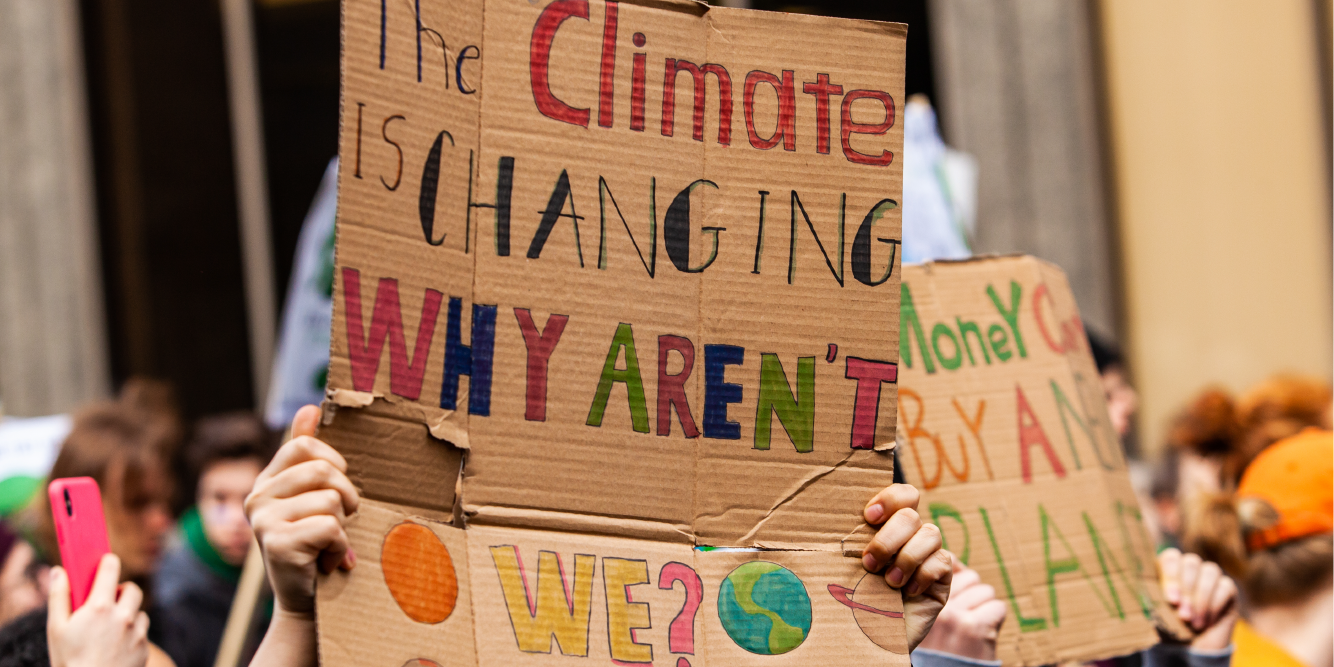Topics
Adaptation
Guiding Principles
- Resist new developments for housing or industry in areas that are, or may be, particularly climate-vulnerable.
- Center equity considerations in the siting, resourcing, and construction of green infrastructure, ensuring that those most vulnerable benefit from such projects in terms of health, well-being, employment, finances, and environmental impacts.
- Center equity in the development and implementation of climate adaptation plans, community resilience plans, and disaster action plans, and plans must reflect the voices, experiences, and expertise of those impacted first and worst by climate change.
- Use a human rights-centered approach when people are displaced by climate change and its impacts to ensure that the movement is well-resourced and those being moved are safe, have access to clean water, food, and health care, and have the right to return to their communities.
- Apply equity considerations in managed retreats to ensure that communities are resourced and treated with dignity and respect.
- Resiliency efforts must address climate displacement and migration, protect those most vulnerable, and be resourced and include technical and health support for frontline communities.
policy Proposals
Reform insurance programs that provide support to communities impacted by flooding, hurricanes, droughts, and wildfires to include affordability, mitigation, access, equity, and accurate flood and fire maps. The National Flood Insurance Program, among others, should be reformed.
- Put an immediate halt to any development in climate-vulnerable areas that risks worsening the vulnerability of communities, such as development in flood-prone areas, forests, and wetlands.
- Aim for balance between pre- and post-disaster spending. Currently, for example, the Disaster Recovery Act only sets aside 6% for pre-disaster resilience. Support policies that protect people and protect or upgrade community infrastructure to meet the demands of dangerous or harmful weather that falls short of disaster, such as more frequent and more intense heat waves and downpours.
- Develop and implement a human rights-centered approach to displacement, migration, and resettlement. Provide support for communities to plan and implement responses to extreme weather, disease, and disasters to ensure that vulnerable populations are provided with transportation assistance, shelter, food, health services, and other resources and accommodations as needed. Ensure a legal right to return for communities. If economically disadvantaged or middle-income people cannot return to a place because it has been rendered unsafe by climate impacts and private insurance does not provide adequate compensation, provide a right to recompense from the federal government. Build or rebuild affordable housing and transportation for displaced residents, with a priority on supporting those with the greatest need.
- Establish and provide policies, governance frameworks, and funding for people to move if they must or want to. The right to return should not require people to return to unsafe places. Economically disadvantaged communities and individuals should receive assistance to relocate from lands frequently impacted.
- Spend Community Development Block Grant funding provided by the U.S. Department of Housing and Urban Development with an equity-centered frame, including:
- Providing disaster funds to residents of manufactured homes;
- Putting the needs of families struggling to make ends meet first and prioritizing them for support for future climate-related crises; and
- Supporting rental assistance.

- Defend the Clean Water Act to protect fragile water, essential ecosystem services and human health around discharge areas.
- Implement natural adaptation measures, including, but not limited to:
- Implement beach and dune nourishment and plant mangrove trees and seagrass to address sea level rise and violent storm impacts.
- Support the proliferation of phytoplankton, submerged aquatic vegetation, and kelp forests. Also, protect coral reefs and other marine ecosystems. These actions will help protect ocean life from acidification and other effects of climate change.
- Support safe reuse of water, and restrict excess water use to adapt to drought and low-water supply conditions.
- Expand and protect forests, wetlands, and aquatic grasslands to buffer against chronic flooding and support aquifer replenishment.
- Protect, restore, connect, and expand intact native forests, wetlands, and other corridors for animals and plants to move more climate suitable habitats, and protect aquatic conduits that support movement of animals and plants. Measures include roadless rules, removal of aquatic obstructions, and other policies to protect species migration.
